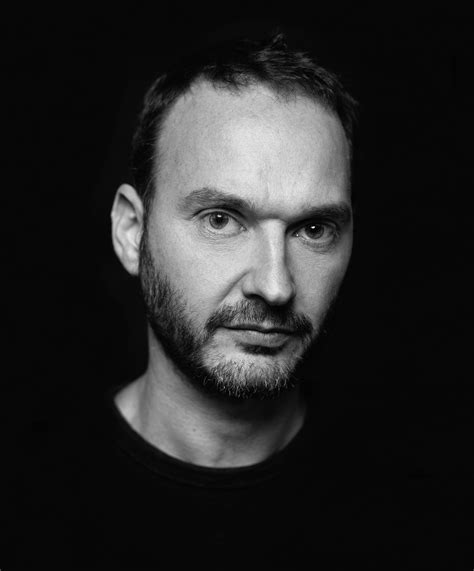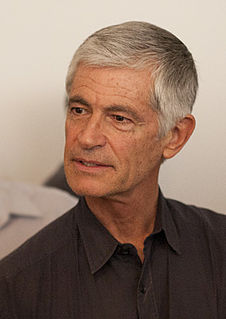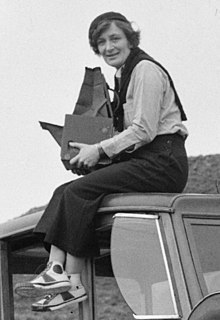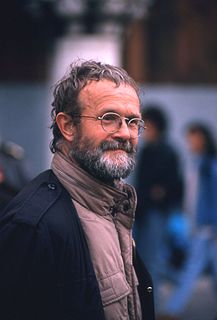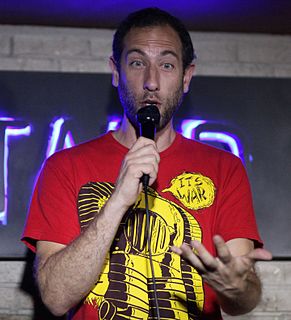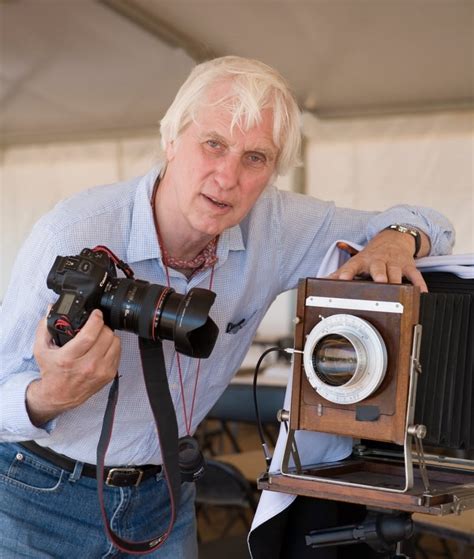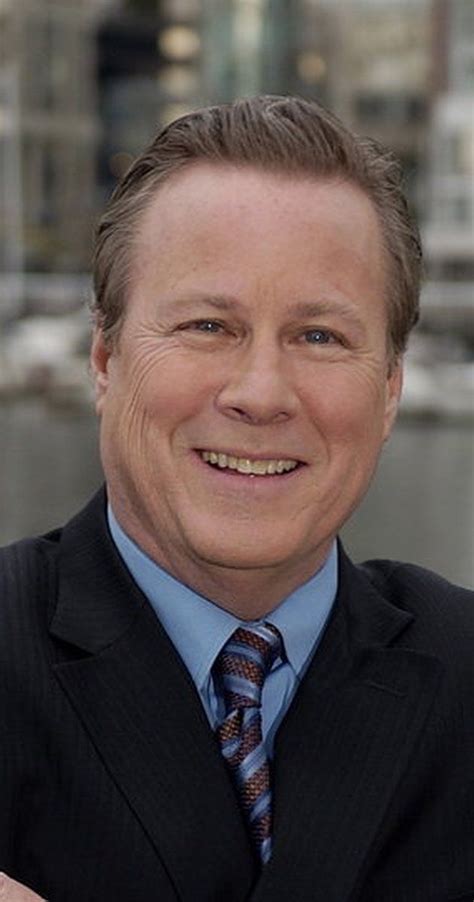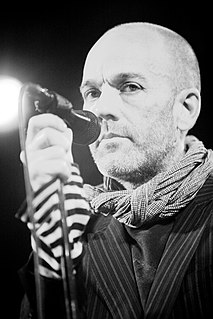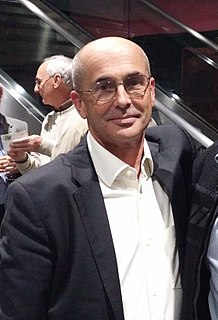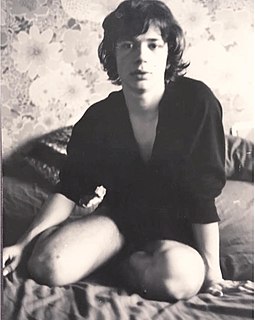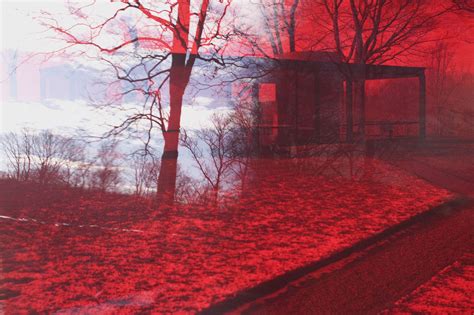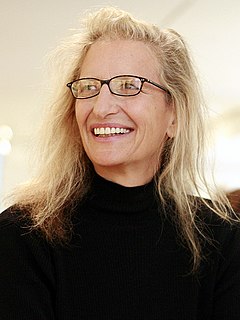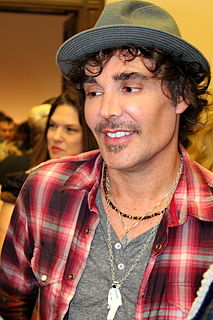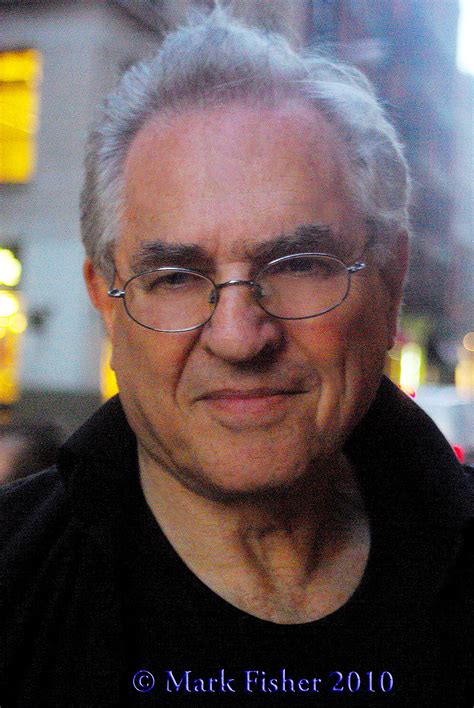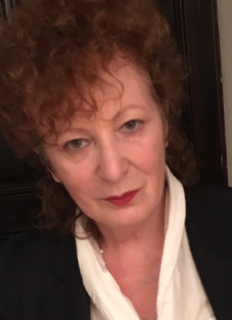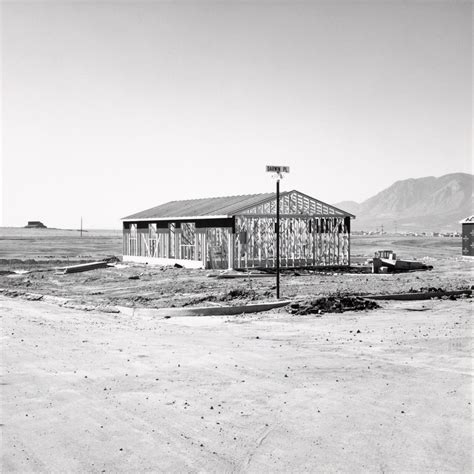A Quote by Jeff Vespa
There were just moments of the punk scene and I realized that I had to capture it. There was also this photographer in our preschool - I went to a Montessori school in Baltimore, Maryland - and they had this photographer come and take all these incredible photographs. They looked like they were from Life magazine.
Related Quotes
My mom had a Canon AE1 camera and I read the manual and that's basically how I became a photographer. I was in the Baltimore punk scene. I knew it was a special time, so I went out and documented that whole era. I was the only person to really do it of my friends in real black and white, beautiful portraits.
I had to leave some traces. In the beginning, I would give complete instructions to the photographer. In the '70s, people would come to photograph your work and you would just end up with this crazy material that had nothing to do with your work; maybe I'd pick up two or three photographs that were the closest to the idea. This is why when you look at the '70s, you see much less documentation and really bad material. The material will become misleading to what the piece was.
I remember one afternoon when we were out on a golf course somewhere, and Lauren Bacall, James Garner, and Jack Lemmon were sitting there in deck chairs when I went off to do another scene. And I said something like, "Hey, where have you guys been?" And they said, "Oh, we were down at the clubhouse. We saw your scene!" And Jack Lemmon looked at James Garner, and James Garner looked back at me, and then they both looked back at me and said in unison, "You bet your ass it is!" So I've been up there with the greats. I've had my fleeting moments with theatrical genius.
I had to get a driver's license and drive to St. Louis to find the punk-rock scene that was happening there. And there was a punk-rock scene. It was sweet. It was real. It was like everywhere else in the county. It was a handful of people who were feeling the same pull, and, of course, it was like the Island of Misfit Toys in Rudolph the Red-Nosed Reindeer [1964]. Just the freaks, the fags, the fat girls, the unbelievable eccentrics .
I was researching some of the modern-day figures that The Sopranos were moulded on. So many iconic Sopranos moments. James Gandolfini and Edie Falco had an incredible scene together in the kitchen of that house that looked like it was about to explode. That was an iconic series that changed the way we did television. It is also an extremely realistic portrayal of the mafia. Much more so than The Godfather. The Godfather, one of the greatest films ever, but let's face it, a romanticized version of the mob.
Sven Schumann did an interview with photographer Wolfgang Tillmans in Berlin addressing the question: What is photography today when everyone is a photographer? These kinds of questions and answers you find in a magazine, on paper and not on Instagram. For me this is the essence of a magazine - it's questioning what's going on today and celebrating true creativity without compromise.
A photograph records both the thing in front of the camera and the conditions of its making... A photograph is also a document of the state of mind of the photographer. And if you were to extend the idea of the set-up photograph beyond just physically setting up the picture, I would argue that the photographer wills the picture into being.
